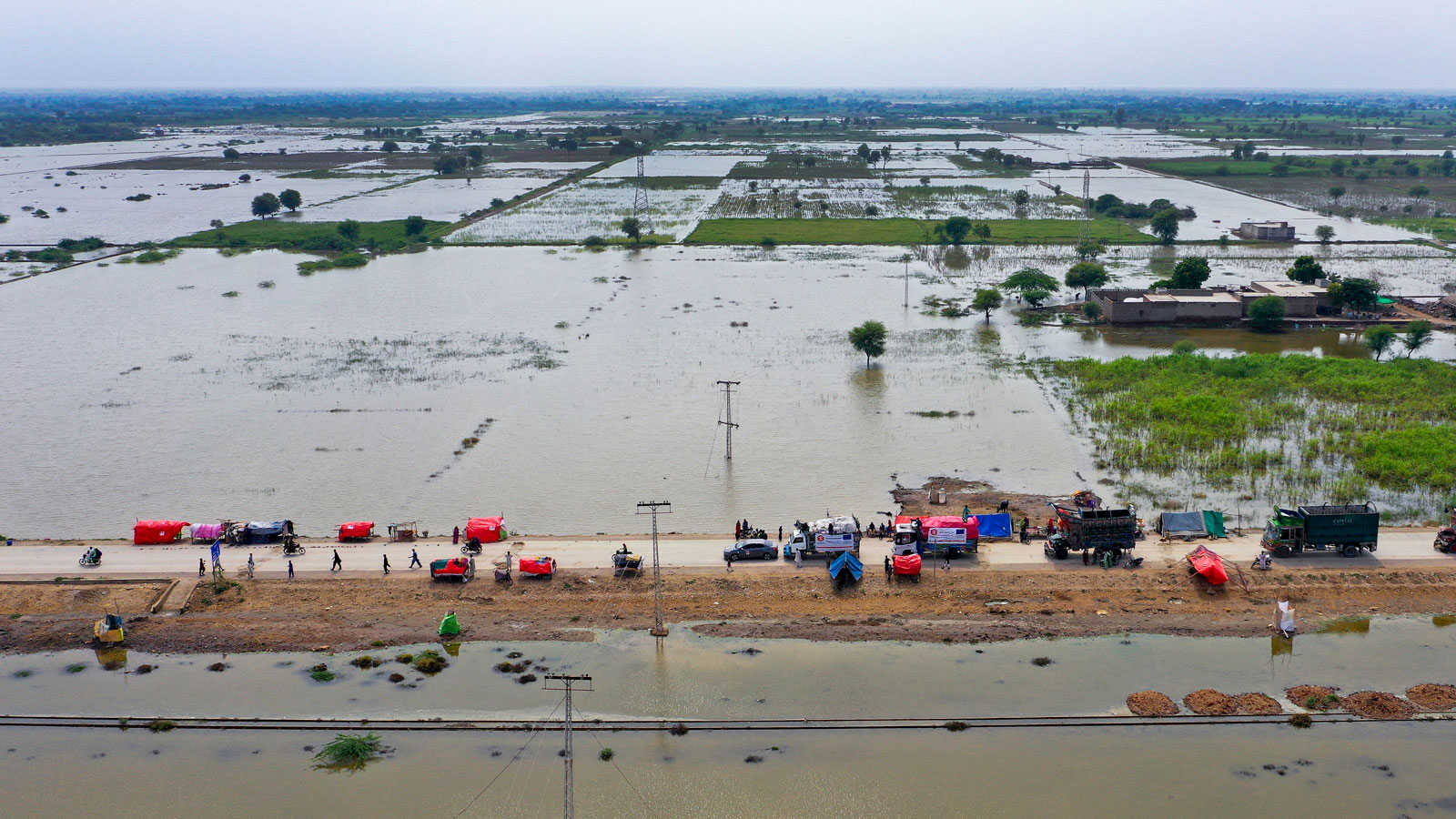This past summer, powerful monsoon rains in Pakistan caused devastating floods that killed more than 1,500 people and destroyed more than 2 million homes.
“It had huge impacts,” says Fredi Otto of the Grantham Research Institute for Climate Change and the Environment at Imperial College London.*
Otto was part of a team that analyzed how global warming contributed to the disaster.
She says rainfall in the region is highly unpredictable, but after accounting for natural variations and other factors, her team found that “climate change did definitely increase the likelihood of rainfall like this quite considerably.”
She says some models showed that during the five days when rain was most extreme, climate change increased rainfall intensity by up to 50% in the hardest-hit provinces.
Periods of intense rain are projected to grow more common as warming continues.
“We have already seen it in large parts of Asia that especially the short-duration heavy rainfall is increasing with climate change,” Otto says.
The risks to people are exacerbated by poverty and poor infrastructure. So as the flooding in Pakistan shows, the consequences of extreme rain can be dire.
*Disclosure: Like the Grantham Research Institute for Climate Change and the Environment, Yale Climate Connections receives financial support from the Grantham Foundation for the Protection of the Environment.
Reporting credit: Sarah Kennedy/ChavoBart Digital Media


